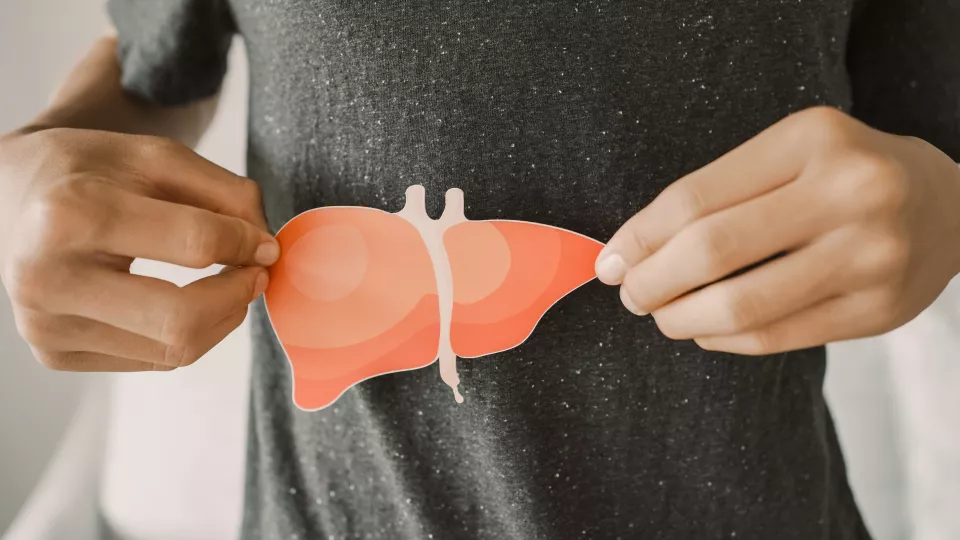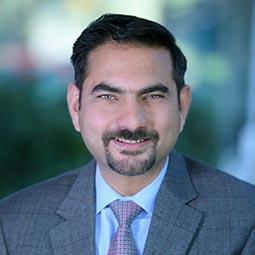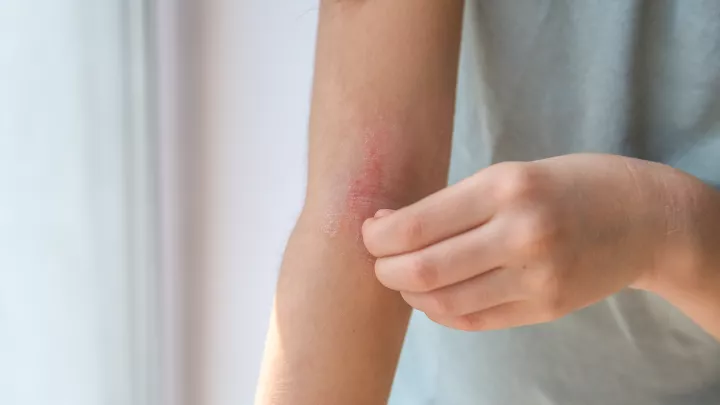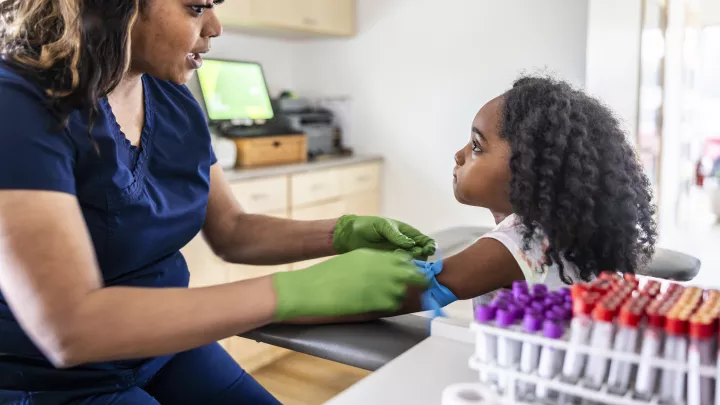
How Livers Regenerate and Why That Matters
The liver is an underappreciated, but dependable organ with superhero-like powers. It is the only organ in the body to truly regenerate to its prior size. Tucked under the right side of the rib cage, the liver does several essential jobs:
- It plays a key role in the body’s metabolism by producing bile, which enables food digestion and the absorption of nutrients and medications.
- It stores a sugar called glycogen that provides energy when we don’t/can't eat.
- It produces clotting factors that help blood clot.
Like the tail of a lizard or the arm of an octopus, the liver can regenerate after injury or if a part of it has been removed. The liver also has its own immune system. Depending on the extent and type of the damage—as some liver diseases can damage liver cells beyond their ability to recover—the liver can compensate by regaining virtually all of its original mass within weeks.
How the liver regenerates
A reason for the liver’s resiliency could be because of its work filtering toxins from the digestive tract. To do its job, it needs to be able to restore its cells if they get damaged. Certain other organs in the body, such as the lungs, pancreas, heart, and kidneys can adjust to losing tissue to a more limited extent. One possible explanation for this difference is that the cells of these organs settle into their final, fixed form early in development. But liver cells stay amazingly flexible.
Liver cells, called hepatocytes, maintain liver function, making up over 80% of the organ’s mass. The rest is a mixture of cells, including biliary epithelial cells, which help transport bile. If part of a healthy liver is damaged, the liver’s immune system and an intricate network of pathways both within and between liver cells signal it to start regenerating almost immediately.
Spurred by a changing mix of inflammatory cytokines (signaling proteins that help fight off infection), growth factors, and bile acids, hepatocytes can regrow by initially expanding to replace the mass lost or quickly multiplying into more liver cells. When liver cells cannot replenish themselves by growing and expanding, which sometimes happens in the case of chronic liver diseases or massive liver injuries, the liver calls in reinforcements—biliary epithelial cells from the digestive tract that can transform themselves into liver cells—conversely, liver cells can transform themselves into biliary epithelial cells when needed.
When doesn’t the liver regenerate?
Chronic liver diseases such as metabolic dysfunction-associated fatty liver disease (MASLD), cholestasis, hepatitis, autoimmunity, or damage from sugars, alcohol, drugs, or other chemical exposures can permanently scar the liver (fibrosis) or destroy its cells irreparably. In this case, a transplant is necessary.
Liver regeneration differs from the uncontrolled growth of a cancer tumor. “At a certain setpoint the regeneration stops or stabilizes,” says Rohit Kohli, MBBS, MS, Chief of Gastroenterology, Hepatology and Nutrition at CHLA. The liver adjusts to stay in equilibrium, growing or shrinking with the body’s changing needs.
Living donor transplants
The liver’s unique regenerative capacity makes it possible for living donors to donate part of their liver without any lasting harm to themselves. For example, a mother can donate a piece of her liver to her child. Although mothers can be a closer match because they provide part of their infants’ immune systems, anyone with a compatible blood type can donate part of their liver to others. “These qualities mean that living liver donation is safe and works very well both for the donor and the recipient,” says Dr. Kohli. “When we do a living donor liver transplant and take a relatively small piece from an adult and give it to an infant, the infant remodels the piece of organ to fit their own needs. It then grows with the child normally.”

The transplant team calculates how much liver tissue to take from the donor using a graft-to-recipient weight ratio. “We never take more than what we need from the adult donor and we're never disadvantaging the donor,” says Dr. Kohli. “They have adequate liver function, even the day after the surgery.” Within weeks, the donor's remaining liver regrows to its previous capacity.
Liver transplantation at CHLA
Children’s Hospital Los Angeles is a top center in the country for living donor transplants and one of the leading hospitals in the volume of pediatric liver transplants. CHLA performs far more living donor transplants than the national average and also has the best pediatric transplant outcomes in the United States.


